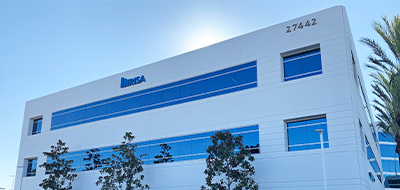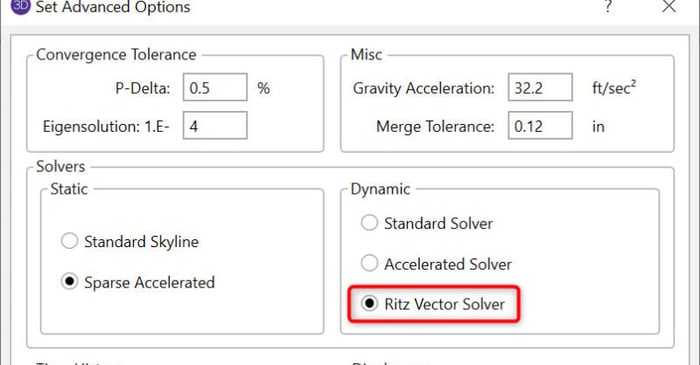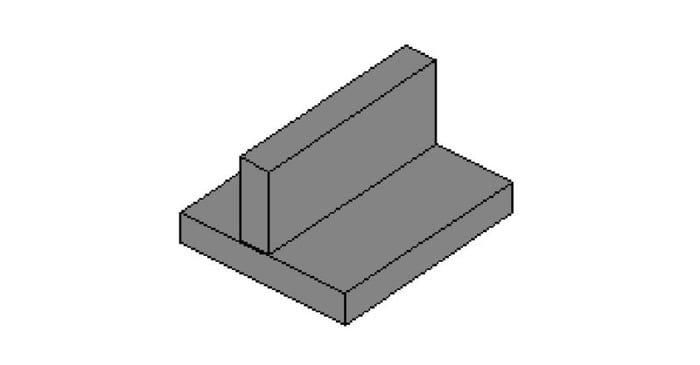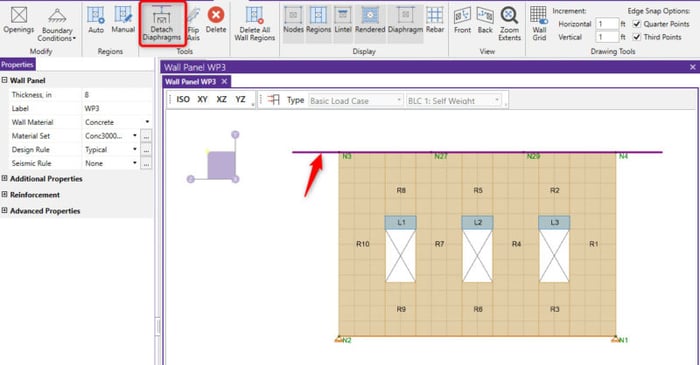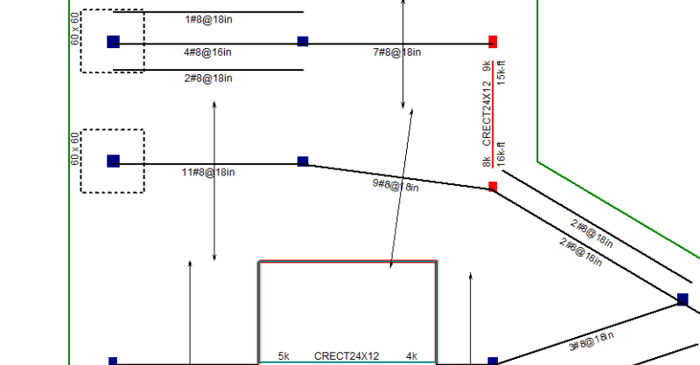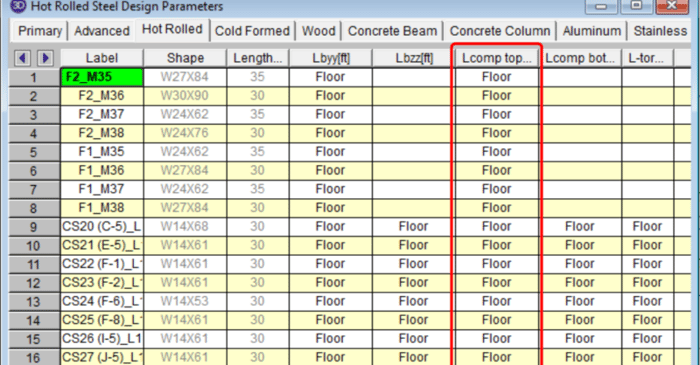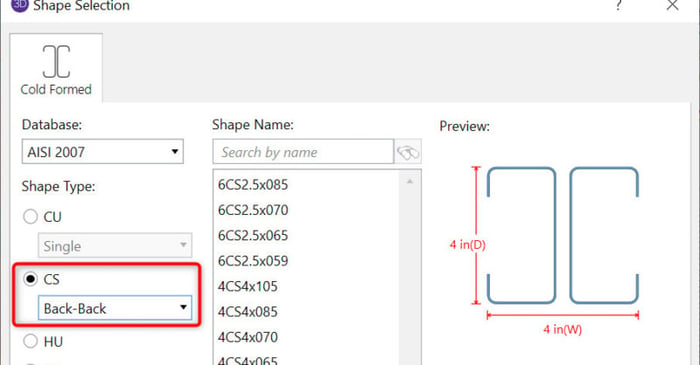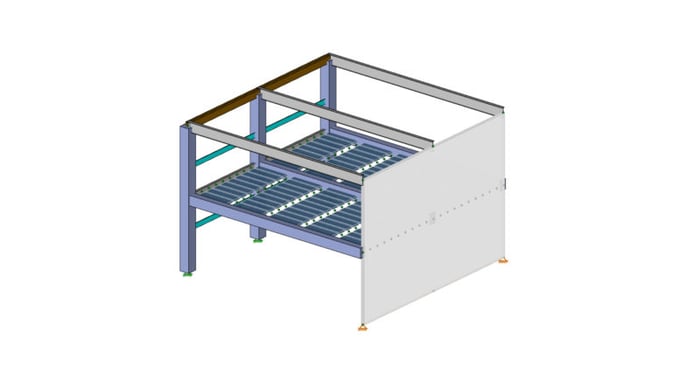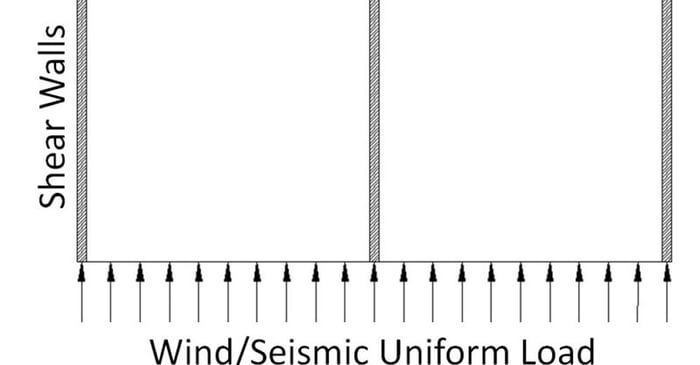
May 13, 2015
Circular Pedestals on Spread Footings
Circular pedestals and posts can be added to spread footings in RISAFoundation. To specify a circular pedestal or post, open up the Footing Definition spreadsheet and select the Pedestal tab. Circular shape can be selected for either the Pedestals or Post type.



